by William E. Welsh
The thick gray smoke of battle engulfed the high ground a mile west of the river but it did not deter one American officer from dashing back and forth on his frothing horse from one brigade to the next exposing himself to shot and shell. The officer, who some thought was acting insane, and others believed was simply exhibiting the brand of courage that was the mark of a great general, waved forward a regiment of Patriots with his sword.
[text_ad]
The highly disciplined British and German soldiers armed with their flintlock muskets had left their fortified camp that morning to probe the strength of the American position to their south, but finding themselves heavily outnumbered had been forced to fall back as the afternoon progressed. But they fought furiously to repel the American attacks in woods and clearings that alternated like patchwork on a quilt in the Upper Hudson Valley.
The Second Battle of Saratoga
At about 3 PM the fearless American officer, who led whatever troops were on hand where he saw they might seize an advantage against the withdrawing enemy, moved to the American right flank and led a Massachusetts regiment in an assault on a redoubt manned by white-and-blue-uniformed German soldiers falling back in the face of the vicious American counterattack.
This point in the so-called Second Battle of Saratoga fought October 7, 1777, was perhaps 36-year-old American Maj. Gen. Benedict Arnold’s finest hour. Although relieved of his command by Maj. Gen. Horatio Gates with whom he had quarreled at length following the First Battle of Saratoga on September 19, Arnold had remained in the American camp.
When the second battle began, Arnold rode forward to participate. His impetuous nature was on full display that afternoon, but so were his bravery and leadership abilities. Arnold rode straight through the sally port leading into the redoubt held by Lt. Col. Heinrich von Breymann’s Brunswick Grenadiers with several hundred men behind him. Hand-to-hand fighting with bayonet and musket butts erupted inside the redoubt. In the furious fighting, Arnold was shot in the thigh. Heavily outnumbered, the Germans abandoned the redoubt.
Botched Reconnaissance-in-Force
As a result of his botched reconnaissance-in-force on October 7, British commander Lt. Gen. John Burgoyne pulled his mauled army back to a final position known as the Great Redoubt. His British army had suffered twice as many losses in the second clash as the Americans, and the following day he led his army on a northward retreat.
But they did not get far. Surrounded by converging American forces that outnumbered his 6,000-man army by three to one, Burgoyne surrendered on October 17. He had been forsaken by other British forces that had pledged to cooperate with him. As a result, a campaign designed to cleave the American colonies in two and isolate New England had ended in disaster. The battle is significant because it marked the first decisive defeat of a large British army during the revolution.
Visiting the Battlefield
The battlefield is located in Stillwater, New York, and is 40 miles north of Albany at exit 12 on I-87. The visitor center, which is located in the northwest part of the battlefield, is a good place to start your visit. You can get guidance from rangers and volunteers, pick up maps, watch a 20-minute overview film, tour the museum, and shop in the bookstore. A 10-stop driving tour will take you to the site of the commanders’ headquarters, American and British camps, and the farms and redoubts where the heaviest fighting occurred in both battles.
The Neilson Farm, Barber Wheatfield, and the Belcarres Redoubt are considered to be the critical sites to see if time is limited, says the park service. Farmer John Neilson’s farmhouse, which Arnold and Brig. Gen. Enoch Poor used for quarters during the campaign, is situated at the southern end of the park. Barber Wheatfield, which lies between the two encampments, was the site of heavy fighting at the outset of the October 7 battle. The Belcarres Redoubt was a stronger fortified position than the Breymann Redoubt. The location of both redoubts is marked by posts.
Schuyler House & Saratoga Monument
Also part of the Saratoga National Historical Park is the Schuyler House and Saratoga Monument, which are located about eight miles north of the battlefield. The Schuyler house was the country estate of Maj. Gen. Philip Schuyler, who planned the initial defense against Burgoyne’s army but was relieved of command for alleged dereliction of duty. The Saratoga Memorial, a 155-tall monument built in 1883, commemorates the victory and is positioned at the final bivouac of Burgoyne’s army before its surrender. The imposing monument, which has a niche for a statue on each of its four sides, has statues of Schuyler, Morgan, and Gates. The fourth niche for Arnold is empty signifying his betrayal later in the war. However, the Boot Monument on the battlefield commemorates his role in the American victory in the second battle.
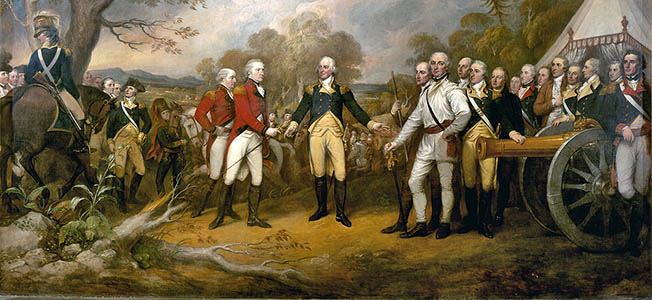
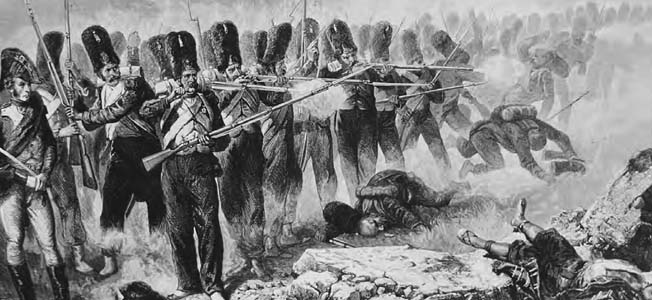
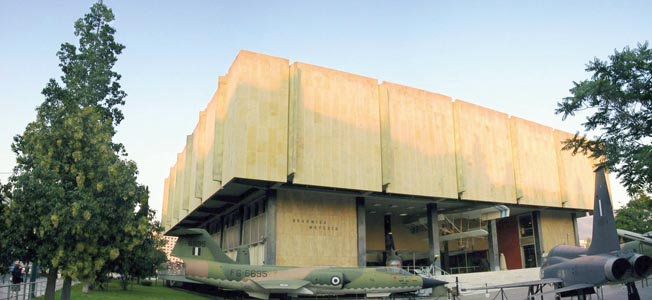
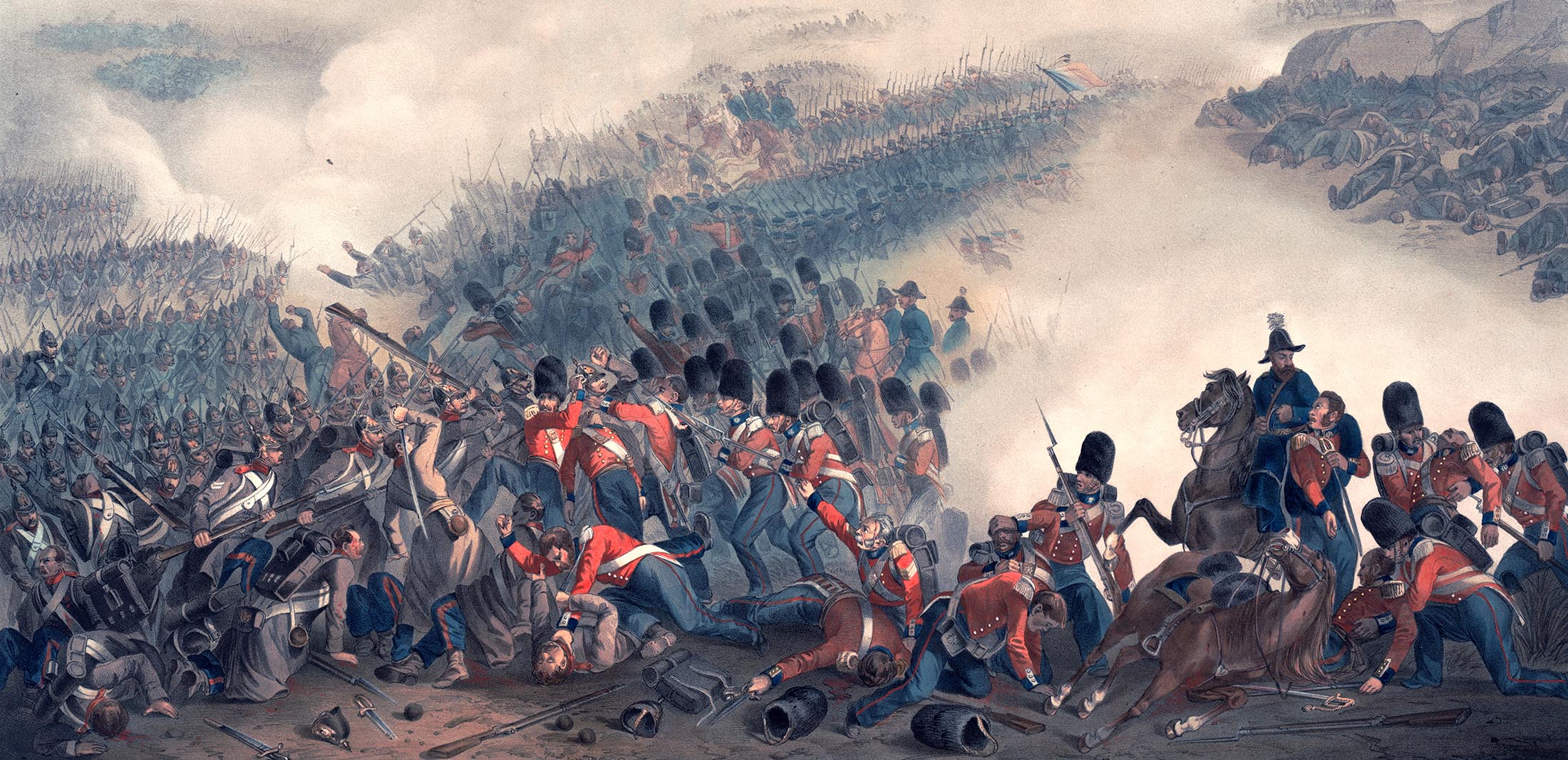
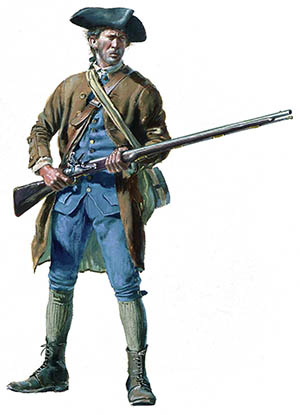
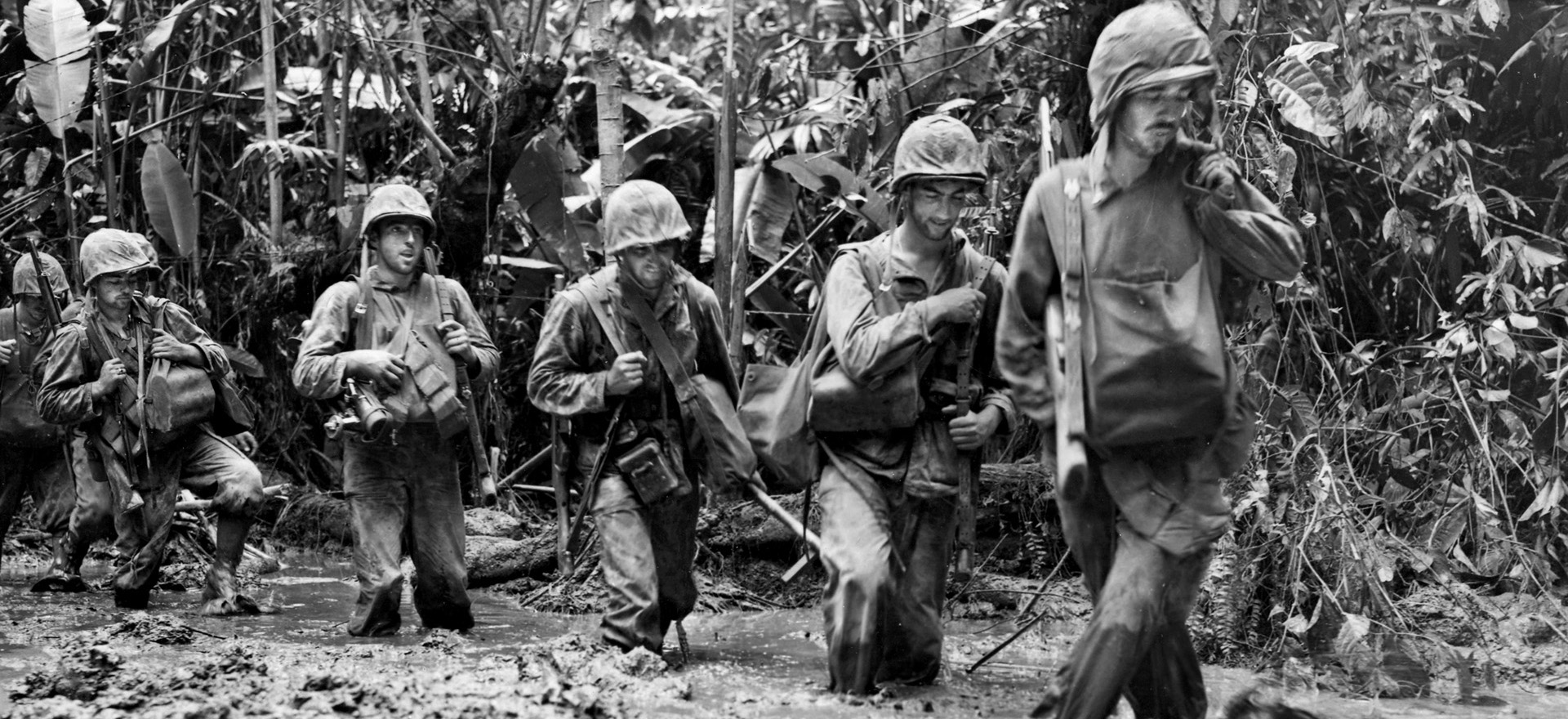
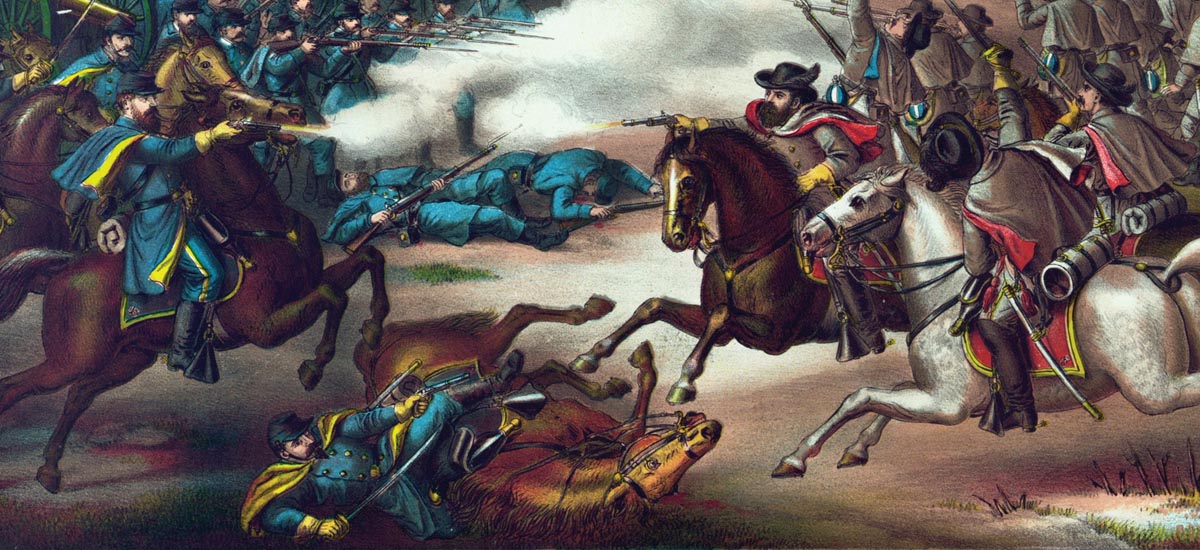
Join The Conversation
Comments
View All Comments